The
Nonesuch - Flower of Bristol - An Emblem for Enterprise | |||||||||||||||||||||
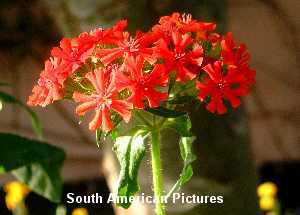 | |||||||||||||||||||||
| Known
as the 'Flower of Bristol' or 'Flower of Bristowe' after its association with
Bristol the historic port in the western part of England. It was from Bristol
that John Cabot [Giovanni Caboto] set out in 1497 on the first of a series of
voyages of discovery to the north American mainland. Other navigators followed
and Bristol became a port for explorers, traders, pirates and privateers. The
Nonesuch is the City's floral emblem. the Nonesuch has various names. It is best remembered as the Nonesuch, or None-Such and is also called the Scarlet Lychnis, Scarlet Lightning, Contantinopolianus flos and botanically as Lychnis chalcedonica. A Greek philosopher, Theophrastus [who died in about 287 BCE] is credited with giving the name Lychnis meaning 'lamp' after the brilliant colouring of the flowers. The references are not certain and the most respected early record was made by an Italian, Ulysses Aldrovandus a plant collector. He kept a botanical garden in Bologna and in 1570 wrote of the flower as 'Flos Creticus' or or Flower of Candia using the old name for Crete. The flower still grows on the island. The Nonesuch is a native of eastern Russia. The first reference to the plant in England was made in 1593 and it is believed that seeds were carried to the Mediterranean countries by Crusaders [1] where became known in French, German and Spanish as 'The Cross of Jerusalem', in Italian as 'the Cross of the Knights' and in Portuguese, 'the Cross of Malta'. The connection with these religious orders may also be related to the shape of the flower. The deeply forked five petals resemble the badge worn by the Knights Hospitaliers and the Knights Templar [2] It was not until the 16th century that the flower was brought to England by the seafaring traders of Bristol to become the Nonesuch, the Flower of Bristowe or simply the Campion of Constantinople. Today the flower grows wild in some parts of the Avon River Gorge near the city and is cultivated in local gardens. The Nonesuch flowers are unforgettably red. The name seems to have been given by the people of Bristol in the 16th century because the colour was 'without equal' The brilliant scarlet was seen as Bristol Red after a dye used in the local woollen trade. Since those times the flower has become the floral emblem for the city and its colour is used for the 'hoods' of the academic gowns of the University of Bristol. Tony Morrison and Mark Howell both graduates of the University of Bristol adopted the name ' Nonesuch ' in 1962 for a small company they created to make television films. The Nonesuch Red is used on this site. Lychnis is a genus or group of plants belonging to the family Caryophyllaceae usually known as as the 'Pink Family' which includes such well known garden flowers as Carnations [español- clavel /portugues cravo], Sweet Williams and Pinks. In England the flowers appear from early to mid -summer- [late May to August]. | |||||||||||||||||||||
| |||||||||||||||||||||
| |||||||||||||||||||||
| |||||||||||||||||||||
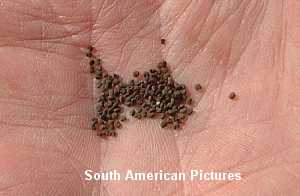
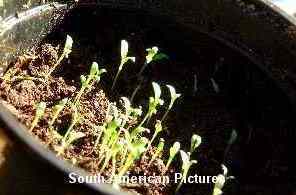
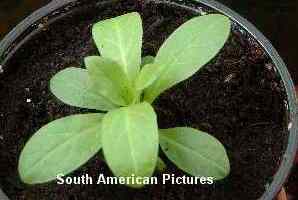
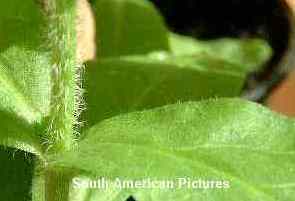
 is an arrangement
of individual flowers attached by short stalks to a main axis or stem. The number
of flowers increases during the growing month until they form a flattened inflorescence
which is conspicuous to insects. The Nonesuch inflorescence is approximately 4.5
inches [approx 11.5cm] in diameter
is an arrangement
of individual flowers attached by short stalks to a main axis or stem. The number
of flowers increases during the growing month until they form a flattened inflorescence
which is conspicuous to insects. The Nonesuch inflorescence is approximately 4.5
inches [approx 11.5cm] in diameter